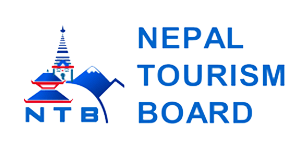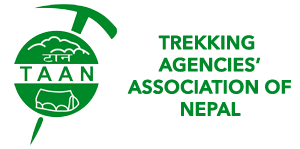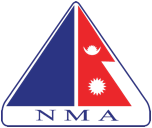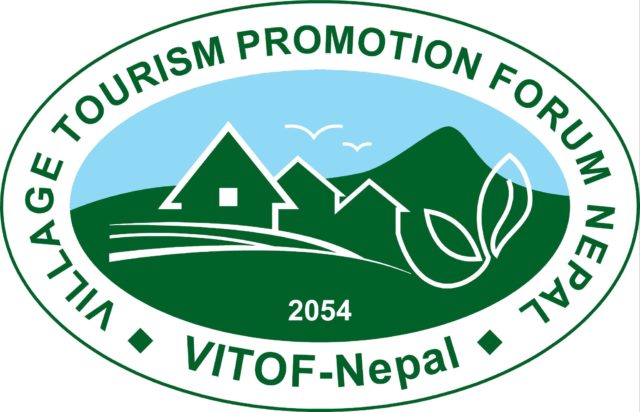FAQs
Frequently Asked Questions
Nepali is the official language. It has roots in Sanskrit and is written in the Devanagari script. English is understood by most people in the cities. In the villages, different ethnic groups speak their own languages. So you need not learn Nepali for a Nepal visit.
According to recent changes in policy, trekking guides are almost mandatory for trekking in Nepal for everyone. It is to ensure safety and protection of all visiting tourists.
Plus, the journey will be a lot more informative and memorable with guides. S/he will be your friend and company during the journey.
But if you are well experienced and have trekked before as well, you may not require one. But if you are with a guide, it will be easy for you to tackle any problems during the trek.
You can get your arrival visa at Tribhuwan International Airport in Kathmandu. Most of the people can obtain a visa on entry to Nepal. Some countries’ visa will need to be arranged prior traveling.
The price of visa depends on the number of days you will be staying. $25 is for 15 days from the date of issue, $40 for 30 days and $100 for 90 days tourist visa. You will need two passport size photos. Other documents are not required. You can apply for an online visa through (http://www.online.nepalimmigration.gov.np).
The best times to go trekking in Nepal are March to May and September to November. During these months, the weather is pleasant and clear, offering the best views of the mountains. The monsoon season from June to August can bring heavy rain, making the trails muddy and slippery. Winter months from December to February can be cold with snow in high-altitude areas.
There are a wide range of places that you can go for trekking in Nepal. If you are looking for a classic and popular trek then Everest and Annapurna region can be the best places. Some of the most liked trekking trails are Everest Base Camp trek, Annapurna Base Camp trek, and Annapurna Circuit Trek, among others. If you are looking for an isolated trekking route then heading to Kanchenjunga, Dolpo, Humla, Upper Mustang would be best.
Physical fitness is an important consideration for trekking in Nepal. Most treks involve long walks, sometimes at high altitudes, and a good level of fitness can make a big difference to your overall experience. A combination of cardiovascular and strength training is recommended to prepare for the trek.
If you’re mainly looking to experience Nepal’s cultural and natural highlights, you can have a great experience in 5-7 days, where you can visit two regions (likely, Pokhara and Kathmandu). To get into the Himalayas on a multi-day trek, you’ll want at least 10 days to have enough time to reach higher altitudes and safely acclimatize. To undertake one of the longer, classic treks in Nepal or to combine multiple regions and activities into one visit, 14-20 days is ideal.





